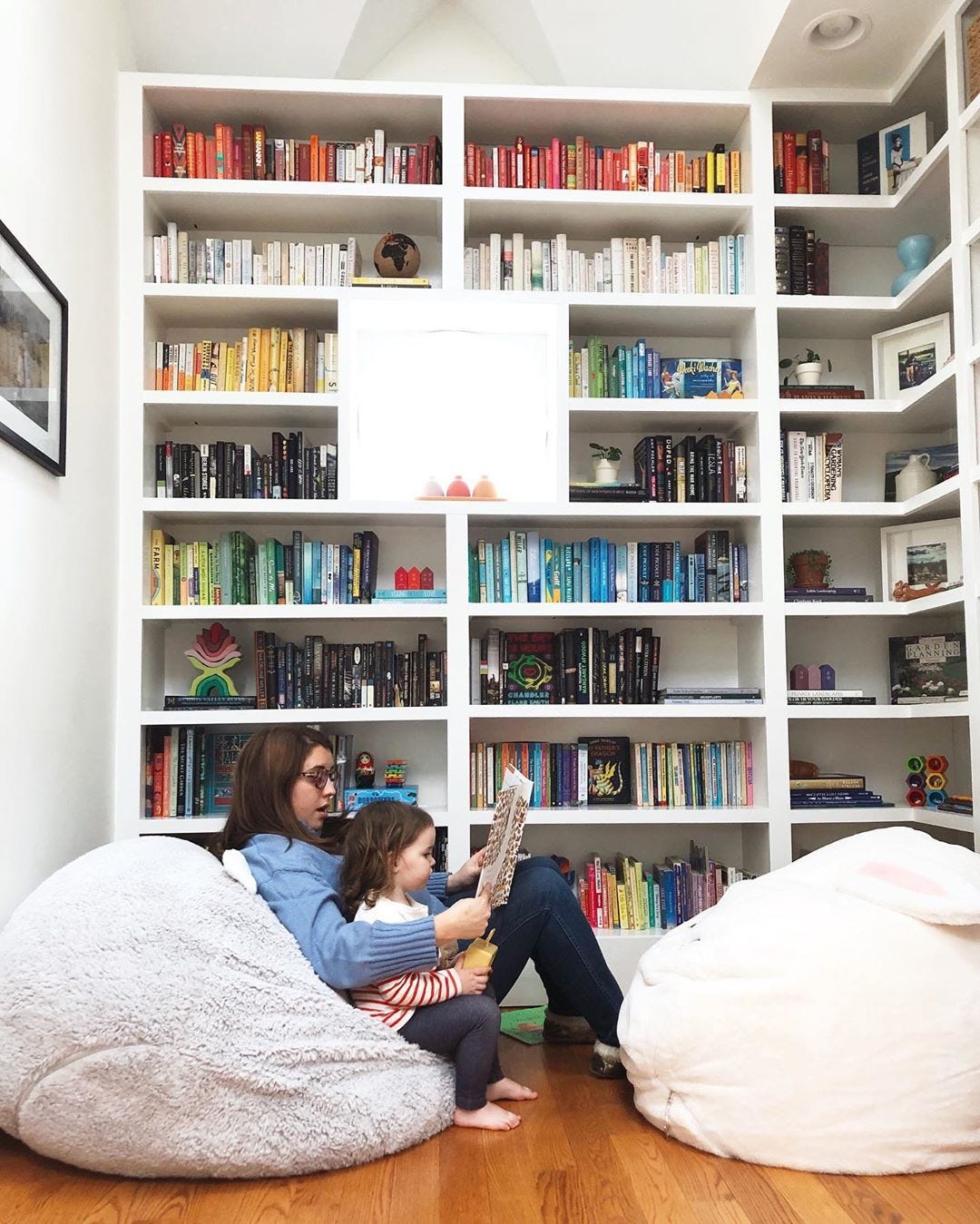The summer I was 16, I went to a creative writing camp at a former women's college with a lot of early 90s feminists and theater kids. (Everybody wore Doc Martens and flannel, even in 90 degree heat, and/or really loved RENT. You now have the full picture.) One afternoon we all lay on the floor in a dark room while our counselor, an angry college sophomore, lead us through a visualization exercise. It was supposed to inspire us to write more honestly about our bodies. The counselor had been recently discharged from an eating disorder treatment program and was eager to bring her newfound body positivity to... well, other upper middle class teenage white girls, since that's who goes to creative writing camps on East Coast college campuses.
The exercise went like this: Lie on your back, close your eyes and raise your arms straight in the air. Breathe deeply. Then float your arms gradually back down so they touch the sides of your body, or rather, where you expect the sides of your body to be. Then open your eyes.
The goal was to help us recognize our distorted body images. The counselor paced around the room in her babydoll dress and thick black eyeliner. She stopped over one very thin girl, whose arms were spread wide on either side of her. "That's how my arms were the first time I did this exercise," she told her. "It's powerful, right? To really see yourself?"
The girl on the floor blinked up at her. "I didn't really understand what you wanted us to do," she said.
At the time, I wondered about that. Did she really not understand? Or did she, on some primal level, think she was so much larger than she appeared to the rest of us? My own arms had landed within about an inch of my hips. I lay there, unsure whether to feel proud that I had a pretty realistic view of my then-medium-to-small-sized body, or embarrassed that I wasn't somehow struggling more deeply with this concept.
I hadn't thought about this exercise in over 20 years until last week, lying on my yoga mat, I happened to let my arms fall in a similar manner. But this time, I realized: That exercise wasn't empowering. It was bullshit. Yes, it helped thin girls realize they weren't as fat as they feared. But it reinforced the idea that fat is something to fear. That counselor worried about the thin girl with arms spread too wide, because she saw in her, her own struggle. But what about the girl who spread her arms as wide as she could and still landed them on her hips? What about the girl in the body that everyone else is so relieved to realize they don't have?
An eating disorder therapist friend confirms that this kind of "body tracing" work is still used in some treatment programs. I'd love to think it's been reframed; that the focus is much more on simply understanding your body without judgment or comparison. But I suspect it's more frequently still used to reassure thin women that they aren't as fat as they think, that they haven't yet become the thing they fear. How much more useful it would be if we could teach them that they don't need to carry that fear. That they're allowed to take up all of the space they need.
Also
In my latest New York Times Parenting column: I wrote about how to avoid passing along your issues around food and self-image to your kids. Kendrin Sonneville, Sc.D., R.D., an assistant professor of nutritional sciences at the University of Michigan School of Public Health, said what you say matters more than what you do. “Don’t talk about losing weight, don’t label foods as good or bad and do communicate to your children that their body weight is not their worth,” Dr. Sonneville advised. “The words you use really matter.” Read the whole thing here.
Speaking of things you pass on to your kids: I’ve hidden my childhood copy of The Little Princess in our new family book nook and am waiting for one of my daughters to discover and want to read it. (If you’re mad that I rainbow-organized our books, calm down: I sort by genre and topic first and yes the series all stay together!)

Check out my Instagram post for more on the only type of before and after I can get behind.
Also: In honor of Feeding Tube Awareness Week, I re-shared my New York Times Magazine story about teaching my daughter to eat.
You're reading Burnt Toast, Virginia Sole-Smith's monthly newsletter. Virginia is a feminist writer, co-host of the Comfort Food Podcast, and author of The Eating Instinct. Comments? Questions? Email Virginia.
If a friend forwarded this to you and you want to subscribe, sign up here.




